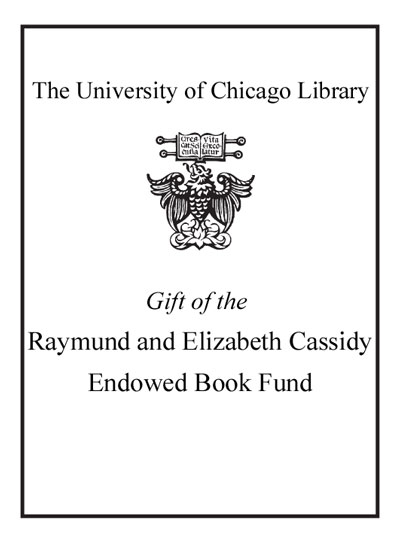The Solow model of economic growth : application to contemporary macroeconomic issues /
| Author / Creator: | Dykas, Paweł. |
|---|---|
| Imprint: | Abingdon, Oxon ; New York, NY : Routledge, 2023. |
| Description: | 1 online resource. |
| Language: | English |
| Series: | Routledge studies in economic theory, method and philosophy |
| Subject: | |
| Format: | E-Resource Book |
| URL for this record: | http://pi.lib.uchicago.edu/1001/cat/bib/12782601 |
| Summary: | In 1956, Solow proposed a neoclassical growth model in opposition or as an alternative to Keynesian growth models. The Solow model of economic growth provided foundations for models embedded in the new theory of economic growth, known as the theory of endogenous growth, such as the renowned growth models developed by Paul M. Romer and Robert E. Lucas in the 1980s and 90s. The augmentations of the Solow model described in this book, excepting the Phelps golden rules of capital accumulation and the Mankiw-Romer-Weil and Nonneman-Vanhoudt models, were developed by the authors over the last two decades. The book identifies six spheres of interest in modern macroeconomic theory: the impact of fiscal and monetary policy on growth; the effect of different returns to scale on production; the influence of mobility of factors of production among different countries on their development; the effect of population dynamics on growth; the periodicity of investment rates and their influence on growth; and the effect of exogenous shocks in the form of an epidemic. For each of these issues, the authors construct and analyze an appropriate growth model that focuses on the description of the specific macroeconomic problem. This book not only continues the neoclassical tradition of thought in economics focused on quantitative economic change but also, and to a significant extent, discusses alternative approaches to certain questions of economic growth, utilizing conclusions that can be drawn from the Solow model. It is a useful tool in analyzing contemporary issues related to growth. |
|---|---|
| Physical Description: | 1 online resource. |
| ISBN: | 9781000774900 1000774902 9781003323792 1003323790 9781000774818 1000774813 1032347759 9781032347752 |

